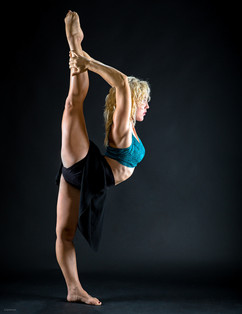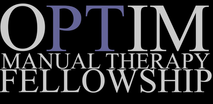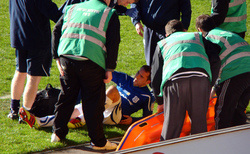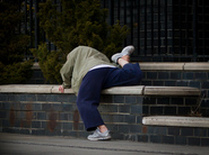- Home
- About Us
- TSPT Academy
- Online Courses
-
Resources
- Newsletter
- Business Minded Sports Physio Podcast
- Day in the Life of a Sports PT
- Residency Corner
-
Special Tests
>
-
Cervical Spine
>
- Alar Ligament Test
- Bakody's Sign
- Cervical Distraction Test
- Cervical Rotation Lateral Flexion Test
- Craniocervical Flexion Test (CCFT)
- Deep Neck Flexor Endurance Test
- Posterior-Anterior Segmental Mobility
- Segmental Mobility
- Sharp-Purser Test
- Spurling's Maneuver
- Transverse Ligament Test
- ULNT - Median
- ULNT - Radial
- ULNT - Ulnar
- Vertebral Artery Test
- Thoracic Spine >
-
Lumbar Spine/Sacroiliac Joint
>
- Active Sit-Up Test
- Alternate Gillet Test
- Crossed Straight Leg Raise Test
- Extensor Endurance Test
- FABER Test
- Fortin's Sign
- Gaenslen Test
- Gillet Test
- Gower's Sign
- Lumbar Quadrant Test
- POSH Test
- Posteroanterior Mobility
- Prone Knee Bend Test
- Prone Instability Test
- Resisted Abduction Test
- Sacral Clearing Test
- Seated Forward Flexion Test
- SIJ Compression/Distraction Test
- Slump Test
- Sphinx Test
- Spine Rotators & Multifidus Test
- Squish Test
- Standing Forward Flexion Test
- Straight Leg Raise Test
- Supine to Long Sit Test
-
Shoulder
>
- Active Compression Test
- Anterior Apprehension
- Biceps Load Test II
- Drop Arm Sign
- External Rotation Lag Sign
- Hawkins-Kennedy Impingement Sign
- Horizontal Adduction Test
- Internal Rotation Lag Sign
- Jobe Test
- Ludington's Test
- Neer Test
- Painful Arc Sign
- Pronated Load Test
- Resisted Supination External Rotation Test
- Speed's Test
- Posterior Apprehension
- Sulcus Sign
- Thoracic Outlet Tests >
- Yergason's Test
- Elbow >
- Wrist/Hand >
- Hip >
- Knee >
- Foot/Ankle >
-
Cervical Spine
>
- I want Financial Freedom
- I want Professional Growth
- I want Clinical Mastery
 The Hyprid Perspective had an interesting post recently about stretching for gymnasts. The author discusses common stretches that gymnasts and their coaches frequently perform and then goes over the reasons behind their faults. A big focus is put on the issue of trying to stretch the hip flexors while in an extended lumbar spine position. This puts the capsule at risk of being stretched, which is not advantageous. While I wouldn't personally focus too much on this pathoanatomical model, the author makes an excellent point regarding incorrect stretching. When looking to stretch a muscle, it is essential that compensations are not permitted as this can put adverse stress on adjacent joints and structures. For example, when trying to stretch the hip flexors, the lumbar spine should either be stabilized in neutral or in flexion so as to not excessively load the lumbar spine into extension. This commonly occurs in gymnasts, which is why they frequently are seen with spondylolistheses. With stretching hamstrings, people often bend forward, trying to touch their toes, while simultaneously going into excessive lumbar flexion. Many patients develop back pain as a result. The takeaway is when looking to stretch a muscle, stabilize the adjacent joints to avoid compensations. Now whether or not we should actually try and stretch is another issue. From my experience, most "flexibility deficits" are actually secondary to either neural tension or relative hypertonicity compared to the antagonist muscle. What does this mean? If a motion is limited by neural tension (when I say neural tension, I am also talking about tightness that is increased with distal/proximal motions - not just patient symptoms), perhaps treatment is needed in the spine, along the path of the nerve or possibly some nerve glides to improve "flexibility." If it appears to be just a "tight muscle," it may be better to try strengthening the antagonist instead, due to some evidence saying we can't affect true muscle length. Regardless, when trying to stretch a muscle, makes sure you stabilize adjacent joints to avoid over-stressing them. -Chris
Like this post? Then check out the Insider Access Page for advanced content! And check out similar posts below!
1 Comment
Hey Chris,
Reply
Leave a Reply. |
Dr. Brian Schwabe's NEW Book in partner with PaleoHacks!
Learn residency-level content on our
Insider Access pages We value quality PT education & CEU's. Click the MedBridge logo below for TSPT savings!Archives
July 2019
Categories
All
|









 RSS Feed
RSS Feed